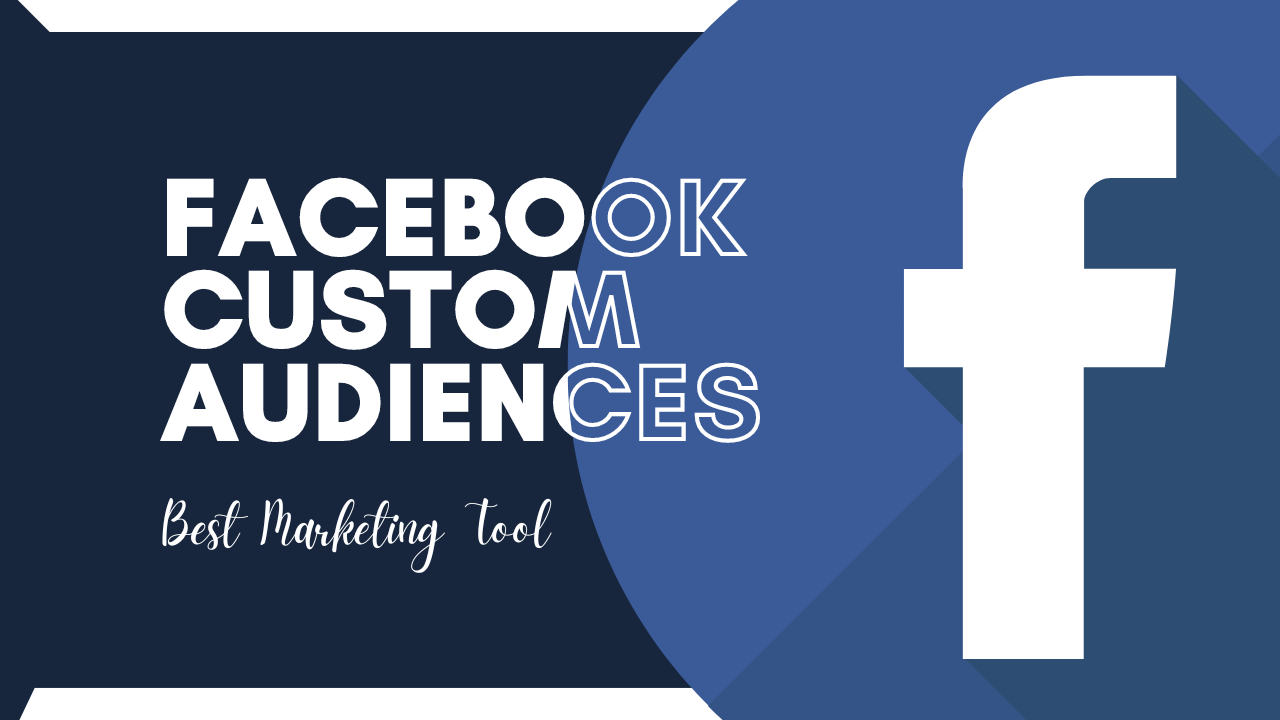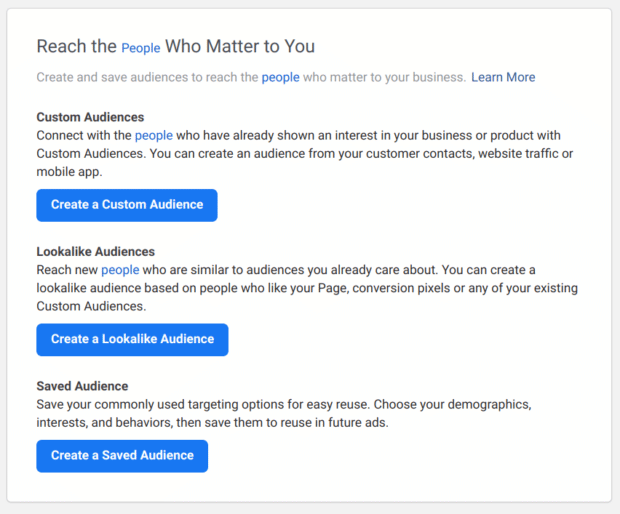Facebook has a vast and diverse user base with 2.82 billion daily active users. You must use Facebook Custom Audiences since not everyone fits your target client persona.
Because it’s so tragic when targeting the wrong audience for a brilliant advertisement!
Never once more. Instead, develop laser-targeted ads to reach Facebook users most likely to be attracted to your business. As a result, you can reduce your advertising expenses and increase ROI.
Keep reading for a step-by-step breakdown of identifying the right audience for your product or service.
What is a Facebook Custom Audience?
Facebook Custom Audiences are precisely defined audiences that already interact with your company. They could be past clients, people who have visited your site, and app users.
Moreover, customer audiences can generate lookalike audiences. They are new potential fans, followers, and clients who share key traits with your current audience. In short, it provides some of the finest ad targeting available.
However, not everyone favors data sharing. Some believe that it is a violation of users’ privacy.
For this reason, in the iOS 14.5 update, Apple modified its policy. So from now, you can disable the Identifier for Advertisers (IDFA) by default.
So what is IDFA? In order to make it simpler to develop highly targeted advertisements, the IDFA tracked user activity within apps. Users are now asked in each app whether they want to opt-in or out of data sharing with the recent Apple update.
Around 25% of users have chosen to share their data so far. The ability of app developers and advertisers to track user activity is severely restricted without the default IDFA setting.
We also have some tips for you to better your experience of using Facebook Custome Audience in a more advanced way!
What is the impact on Facebook Custom Audiences?
You may start to see a drop in outcomes so there are chances you might want to think about trying another approach.
To achieve your goals, Facebook advises using a large audience or expanding your targeting. Here, you can also find more thorough instructions.
Put this aside, Facebook Custom Audiences can still assist you in finding your ideal customers. And there are many ways to connect with them.
Types of Custom Audiences
You can build a Custom Audience in various ways. Let’s go over the types and sources for making a Facebook Custom Audience.
From customer lists
An audience interested in your business or product is customer lists. However, neither the Meta Pixel nor Facebook engagement is the source. You will be the one to inform Facebook of the “identifiers” you’ve gathered from your audience. Examples could be past clients with their phone numbers or the email address of newsletter subscribers
These are customers that have interacted with your company in some way, but Facebook is unable to recognize them until you provide a customer list.
Remember that there are many data privacy regulations around customer lists. Below are some aspects you should keep in mind:
- Only customers approving their information to be used for marketing purposes may be uploaded.
- You are not permitted to use data from other websites or a customer list you have purchased.
- You must also remove people from your Custom Audience if they unsubscribe from your email list.
- To guarantee compliance, check Facebook’s Terms of Service.
From your website
The Meta Pixel can match your website visitors to their Facebook profiles once it has been installed on your website.
Using this data, you can develop Custom Audiences that target:
- All website visitors
- Customers who have visited a certain product page or product category
- By selecting a timeframe for how far back you intend to go, you can find recent website visitors
From your mobile app
Want to learn more about the users of your app? There is Custom Audience just for that.
All you have to do is register and set up the Meta SDK in your app. Then, log app events on the Meta for developer website.
(If you’re not familiar with technology, ask your app developer to support you with these initial stages.)
For app engagement campaigns, this kind of Custom Audience might be a wonderful basis. Some of the targets are:
- Downloaded your app but may not yet be using it
- Have made in-app purchases
- Used the app for a certain time
Engagement Custom Audiences
People who have interacted with your material on Meta (like Facebook, Instagram) make up an Engagement Custom Audience.
These persons have:
- Watched a video.
- Subscribed to a Facebook page
- Clicked on ads
- A response of “Interested” to an event
Facebook records these actions, but you can also set a setting to update the audience, say once every 30 days.
This means that the Engagement Custom Audience will only include users who have interacted with your content in the last 30 days. It ensures that you remain relevant to the viewers of your advertisements.
How to create Custom Audience on Facebook
You must first open your Facebook audiences page in Ads Manager and select “Create a Custom Audience” for all Custom Audience types.
(You’ll see a dropdown menu rather than a button if you’ve made an ad before)
Depending on the type of Custom Audience you wish to create, the process changes from here.
How to create: From a customer list
- Make a list of your customers in advance
You’ll need to produce a CSV or TXT file of “identifiers” (like an email address) to help Facebook match your information to Facebook profiles since you’ll be providing Facebook with the information about your clients.
- Select a Custom Audience Source
There are many alternatives available to you regarding the source of your information.
Choose “Customer list“.
- Import customer list
You can upload a CSV or TXT file.
At this time, you’ll also give your Custom Audience a name. You have the option to import it directly from MailChimp if you use that service.
- Review your customer list
If your list has any mistakes, Facebook will let you know. You now have a second chance to check the accuracy of your list’s mapping.
After reviewing your list, select “Upload & Create“.
When your Custom Audience is ready to be used for advertising campaigns or to build lookalike audiences, Facebook will notify you.



